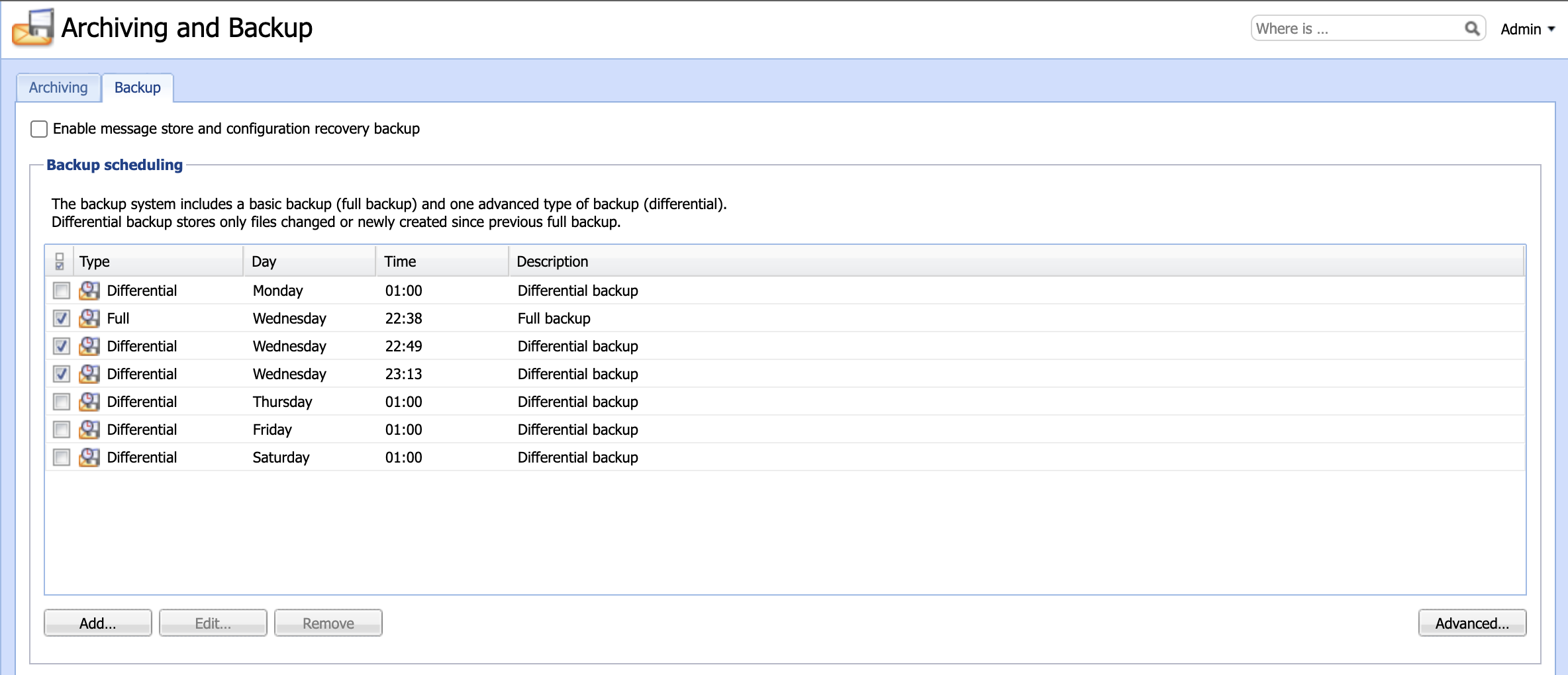Kerio Connect Restore Backup Guide
Accidents happen, computers crash, and servers fail. That’s why having a reliable backup and restore plan is essential for any organization using Kerio Connect. In this article, we’ll walk you through the process of restoring a backup in Kerio Connect so that you can get back up and running in no time.
Step 1: Preparation
Before you can restore a backup in Kerio Connect, you need to make sure you have a recent backup file available. If you don’t have a backup, it’s crucial to start regularly backing up your data to prevent data loss in the future.
Step 2: Stop the Kerio Connect Server
Before you can restore a backup, you need to stop the Kerio Connect server to prevent any conflicts during the restore process. Make sure all users are logged out of the system before stopping the server.
Step 3: Restore the Backup File
Once the server is stopped, you can begin the restore process. Locate your backup file and follow the instructions provided by Kerio Connect to restore the data. This process may take some time, depending on the size of your backup file.
Step 4: Restart the Kerio Connect Server
After the restore process is complete, you can restart the Kerio Connect server. Make sure all services are running correctly and that users can access their data without any issues.
Step 5: Test the Restored Data
Once the server is back up and running, it’s essential to test the restored data to ensure that everything was restored correctly. Check email accounts, calendars, contacts, and any other data to make sure everything is functioning as it should.
Step 6: Update Your Backup Plan
After successfully restoring your backup in Kerio Connect, it’s crucial to update your backup plan to include regular backups and ensure that your data is protected in the future. It’s always better to be safe than sorry!
Conclusion
Restoring a backup in Kerio Connect is a straightforward process, as long as you follow the steps outlined in this article. By regularly backing up your data and following best practices for data protection, you can ensure that your organization is prepared for any data loss scenario.
